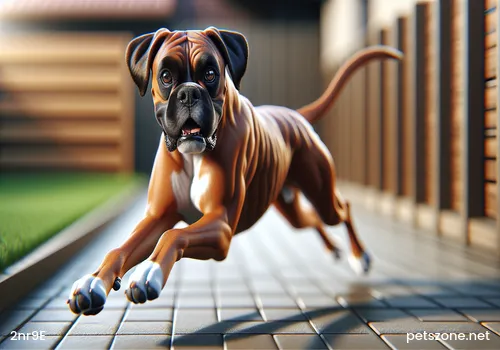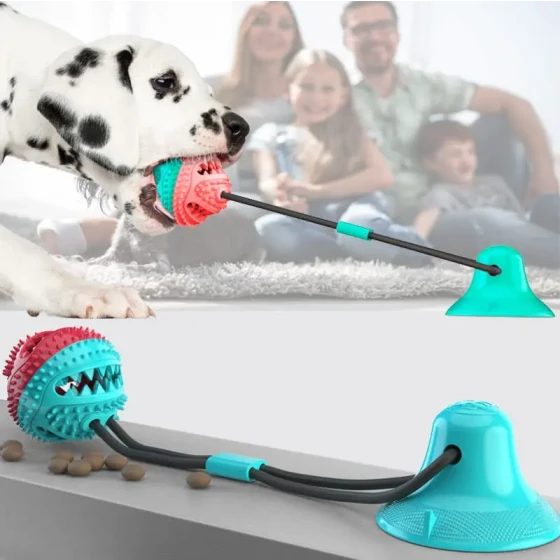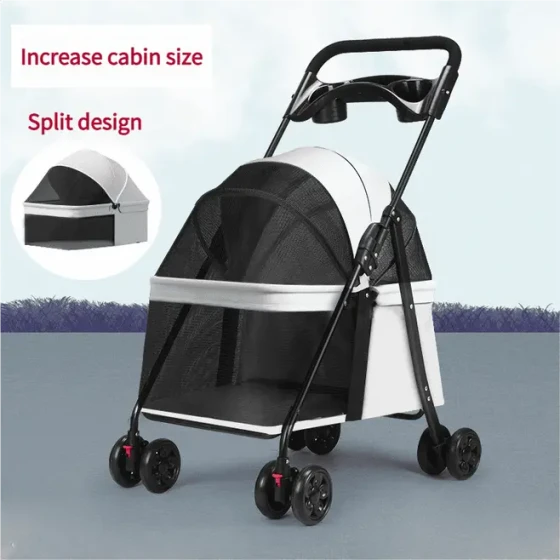How to Help Your Dog Lose Weight After the Spring Festival

Corgi
As the saying goes, you gain three pounds every holiday. Visiting relatives and friends during the Spring Festival usually involves lots of meat and alcohol, leading to inevitable weight gain—even our dogs are no exception. Therefore, after the holiday, the owner's biggest task is to help the dog lose weight. However, dog weight loss should not be done blindly; the right methods must be used.
1. Formulate a Weight Loss Plan and Feed Diet Food
1. Feeding "weight loss feed" to reduce calorie intake. For humans, dieting methods involve reducing food intake or eating only vegetables and fruits. But this restrictive dieting cannot be applied to dogs because "eating" is instinctive for dogs. Humans can control their eating habits through willpower, but dogs cannot reduce the amount of food to lose weight. If dogs don’t get a normal food portion, they will feel hungry and can’t suppress this feeling, leading them to constantly search everywhere for any food available, not letting anything go—making the situation worse! Therefore, the most important thing when helping a dog lose weight is not to reduce food portions but to feed weight loss formula. The kibble size for diet food is similar to regular feed, but the fiber content is increased to give dogs a feeling of fullness while lowering calories. By feeding diet formulas, you can maintain the dog's usual food intake while reducing their calorie intake, achieving weight loss. Moreover, never soften your heart and give too many snacks thinking the dog is pitiful, as this will cause calorie intake to increase instead of decrease.
2. The chosen feeding plan should be followed for at least two weeks, then you can further reduce feed based on results. A dog’s weight loss plan spans 12-14 weeks, with daily calorie intake equivalent to 40% of the calories needed to maintain the target weight. Divide daily food into two or three small portions to reduce hunger and ensure each meal is fully consumed.
2. Exercise for Weight Loss and Develop a Walking Habit
Regular exercise increases calorie consumption. To help your dog lose weight smoothly, we should increase their calorie burn by giving them fixed exercise time daily. For small dogs with stable health, they should have one slow walk of 20 minutes each in the morning and evening; for large dogs, two fixed walks of 30 to 40 minutes daily are recommended. This improves calorie consumption and builds stamina through exercise.
3. Regularly Weigh Your Dog
You should carefully track your pet’s weight loss plan progress. Weigh your dog once a week, ideally at the same time each day using the same scale. Chart the weight changes over time to boost your confidence and motivation. Observe your pet’s expressions and regularly feel the fat layer under their skin. Consult your vet regularly to see if the weight loss plan needs adjustments.

Corgi
4. Pay Attention to Your Dog’s Environment and Psychology
From environment to psychology, prevent your dog from having opportunities to gain weight. Besides proper diet and fixed exercise, pay attention to your dog’s surroundings and psychological factors. Otherwise, even if you strictly execute the weight loss plan, your dog might find a chance to eat freely and uncontrollably! If you have two or three dogs, carefully distinguish during feeding whether one dog is eating all the food or if they are sharing together. When multiple dogs are raised together, usually one is stronger and acts as the "boss." This dog might bully others, steal food, or eat more—sometimes even double or triple portions if you’re not careful! So, watch out for such "food bullies" when feeding.
5. Seek Help from a Veterinarian
Ask your vet to assist with your dog’s weight loss. There is a Labrador named Duo Duo, whose breed already has a big appetite. The owner specially raised him well and fed him heavily to keep him strong and fat…. By the time Duo Duo was about six years old, the owner realized he had become overweight. So, he consulted a vet to help Duo Duo lose weight over the coming years. Duo Duo had a spay surgery and was genetically prone to obesity with no dietary restrictions, so he was severely overweight. After calculating his daily required food portions and calories, they followed a six-month weight loss plan. Duo Duo’s weight dropped from 42 kg to 37 kg. Previously, he would get out of breath after just 20 minutes of walking, but now he’s much fitter. Joint problems also gradually improved after weight loss, and now he’s lighter and full of energy. Therefore, when necessary, consult your vet to carefully calculate your dog’s daily calorie intake and strictly follow the weight loss plan persistently, so your dog’s obesity can be controlled.
6. Prevent Regaining the Weight
Once your pet reaches the target weight, pay attention to maintaining it. For dogs prone to obesity, it’s better to feed branded food and monitor their weight to find the best portion size. Don’t fall back into overfeeding habits; instead, adjust the diet according to activity levels.
Overall, when helping your dog lose weight, owners should carefully plan their dog’s diet and regular exercise, weigh the dog regularly, take the dog out often to enjoy sunlight, and stay confident in both themselves and their dog. Believe that with the owner’s help, the dog will cooperate fully in completing the weight loss plan.





